When I toured Lebanon last summer we drove an hour north out of Beirut to stop at the coastal town of Byblos or Jbeil which is ideal to visit as a day trip. The city has a long history and became important as a city state and trading port under the Phoenicians thousands of years before the birth of Christ.
This article may contain affiliate links that provide commission on purchases you make at no extra cost to you. As an Amazon Associate I earn from qualifying purchases.
The city’s name is thought to derive from the Greek word biblos meaning papyrus, as it was a stopping off place for papyrus shipments on their way to Egypt and the linear alphabet is thought to have been invented here as a way of recording trade transactions. Apparently the name of the Bible derives from the same source as it was the book made of Papyrus.
If you can’t see the embedded video above, view it on YouTube here
The archaeological site and crusader castle that you visit today is only a small part of the ancient city and was excavated in the last century by French archaeologist Maurice Dunand and others from the 1920s onwards. At that time the site was covered by houses just as the rest of the area is now and many families had to be moved and houses cleared to enable the archaeological work to begin.
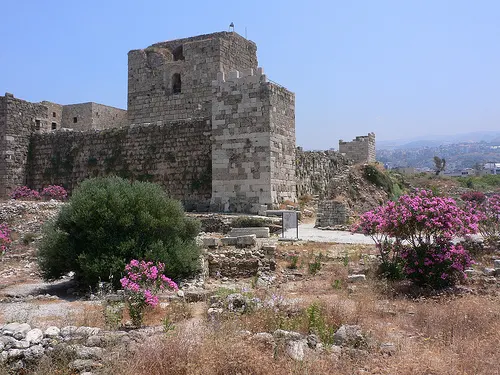
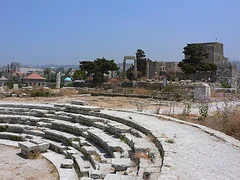
When we arrived at the site and paid our entrance fee we decided that we needed some help to make sense of the ruins and found our guide, Wahid who had his young son with him and took us around showing us all the points of interest – without a guide I don’t think we’d have got nearly as much out of the visit.
He told us how the archaeological work required the building of a railway track, now somewhat overgrown, in order to enable the earth to be removed from the remains more easily.
The site contains layer upon layer of different civilisations who all built one on top of the other, stealing stone from each older building to construct their own. Even the archaeologists moved some of the things they uncovered such as the Roman amphitheatre, re-locating them to other parts of the site, so that they could excavate the older buildings beneath.
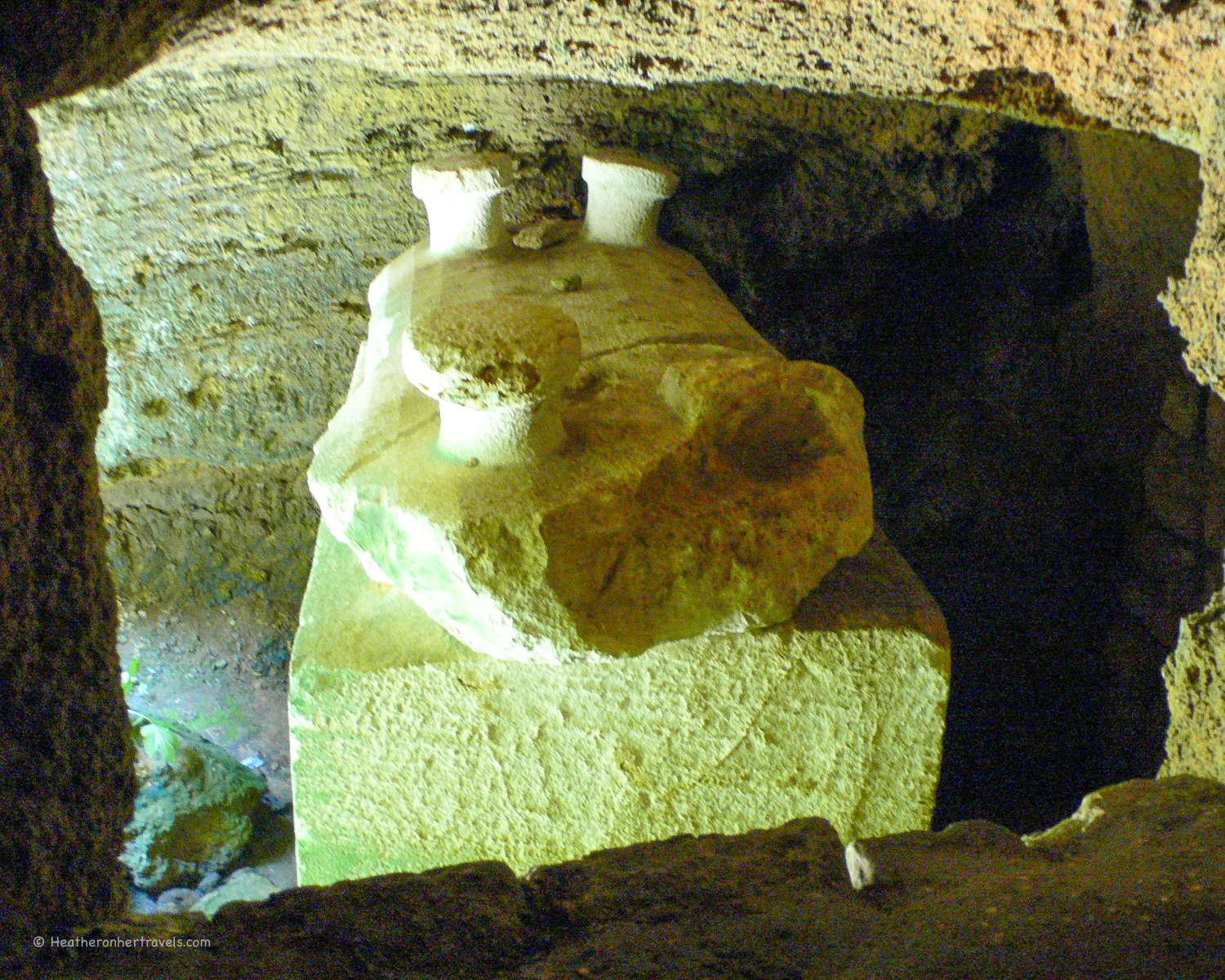
The entrance to the site is dominated by the crusader castle built from enormous blocks of stone in the 12th century and with towers that have been more recently restored, with wonderful views from the terrace out to sea.
There is a Roman amphitheatre which was originally much larger and has been moved to its current location overlooking the sea from a different part of the site where it was sitting on top of an ancient temple.
Another interesting feature of the site are the royal tombs of the Phoenician kings dating back to 1200 BC, who were contemporaries of the Egyptian Pharaohs. Some of the heavy stone sarcophagus have been moved to museums but we ventured down some steep steps to take a look inside the stone tomb of one that was too difficult to move, although its broken edges showed that someone had tried hard to see what treasure might be inside.
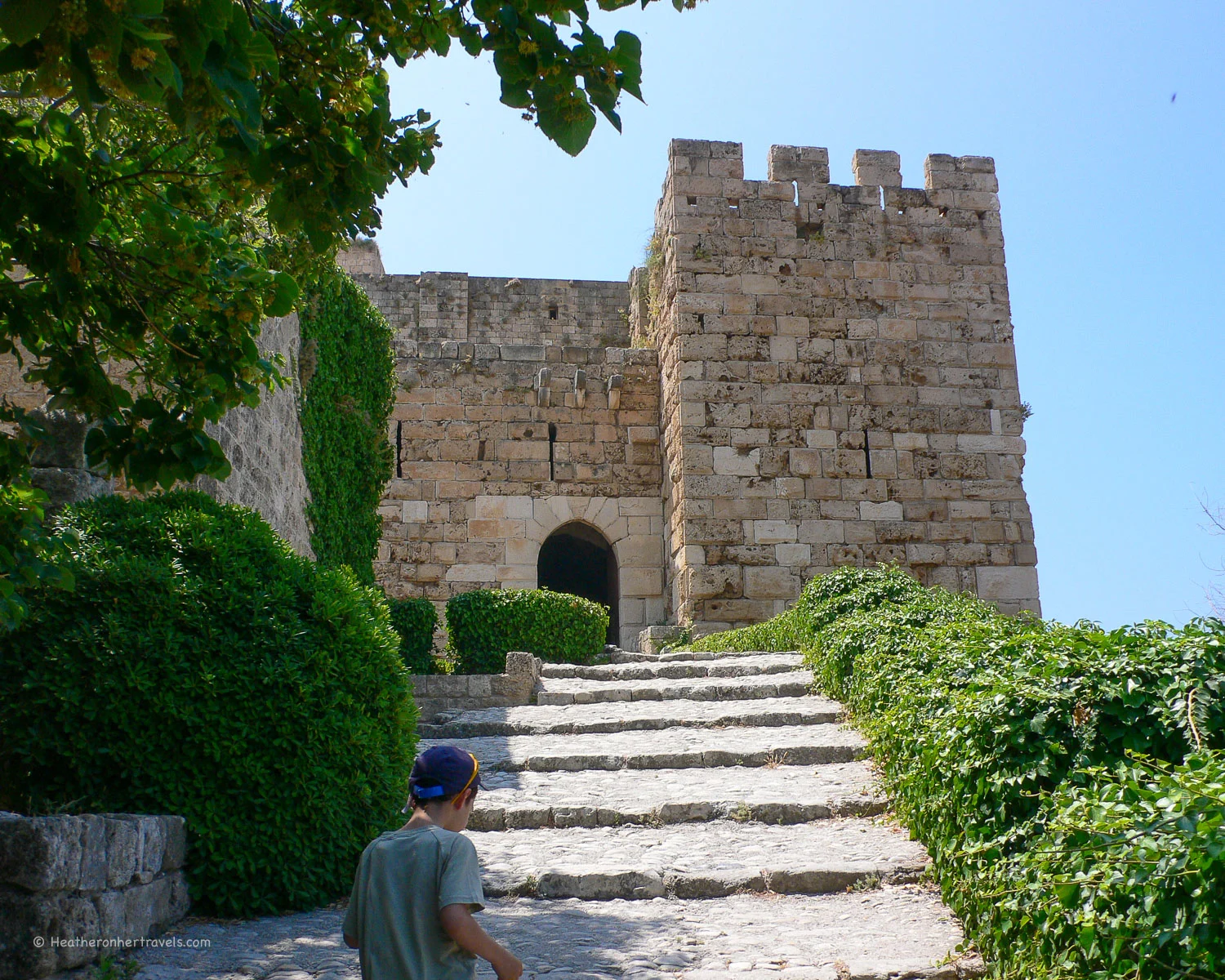
A music and cultural festival is held every summer in Byblos and was originally held on this site, but had been moved to a purpose built theatre by the sea to prevent any deterioration of the remains.
This is a highlight of the summer in Lebanon as music festivals are held all over Lebanon in the ancient and historical sites such as Betadine and Baalbek – although my friend who attended an operatic performance told me that the Lebanese lady in front of her chatted all the way through.
Pin it
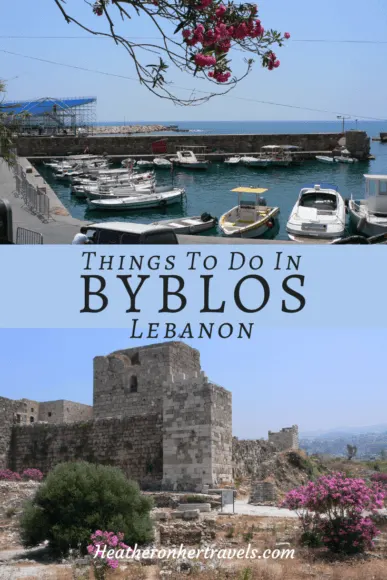
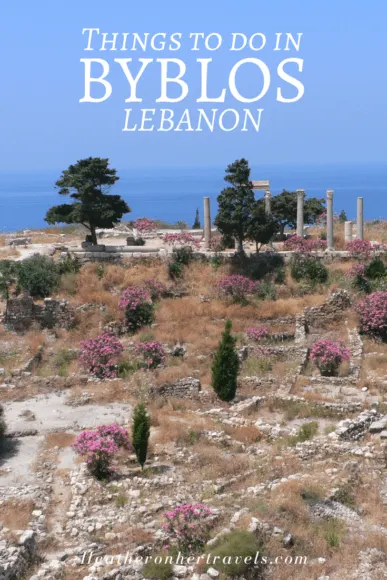
More places to see in Lebanon
Road Block etiquette in Lebanon
Wine tasting stop at Chateau Ksara – in Lebanon
A lacklustre lunch at Pepe’s Byblos Fishing Club – in Lebanon
This article is originally published at Heatheronhertravels.com

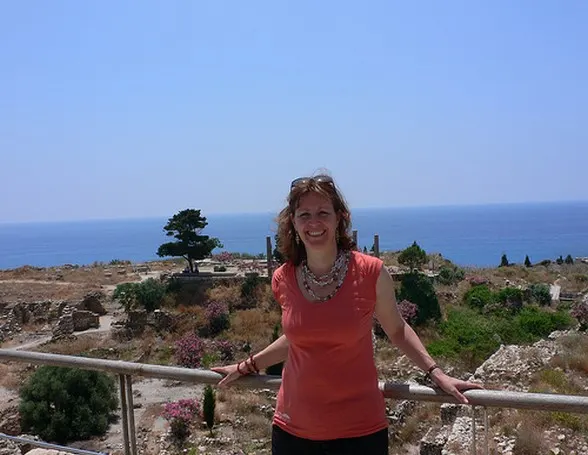

Anthony
Monday 1st of July 2013
I love to read history of different places and after read this Lebanon historical places and i love to visit this place..thanks for sharing the valuable information..and please update more information.:)
Heather Cowper
Monday 4th of April 2011
@ Carlos I believe that things are pretty stable politically in Lebanon right now, so it's a good time to visit, but things can flare up in this part of the world, so just keep your eye on the news and take local advice. I certainly had no problem and had a great trip.
carlos alvarez
Monday 4th of April 2011
Heather is it safe to travel to lebanon? I will like so much to see those ruins thanks, Carlos
Pierre Bassil
Sunday 13th of June 2010
A Big Thanks from: https://facebook.com/pages/JBEIL-BYBLOS/26439386060?ref=sgm
Best Regards Pierre .-= Pierre Bassil´s last blog .. =-.
Heather Cowper
Saturday 15th of May 2010
@ Thanks Arlene - I'm heading over to Travelblogroll to join now